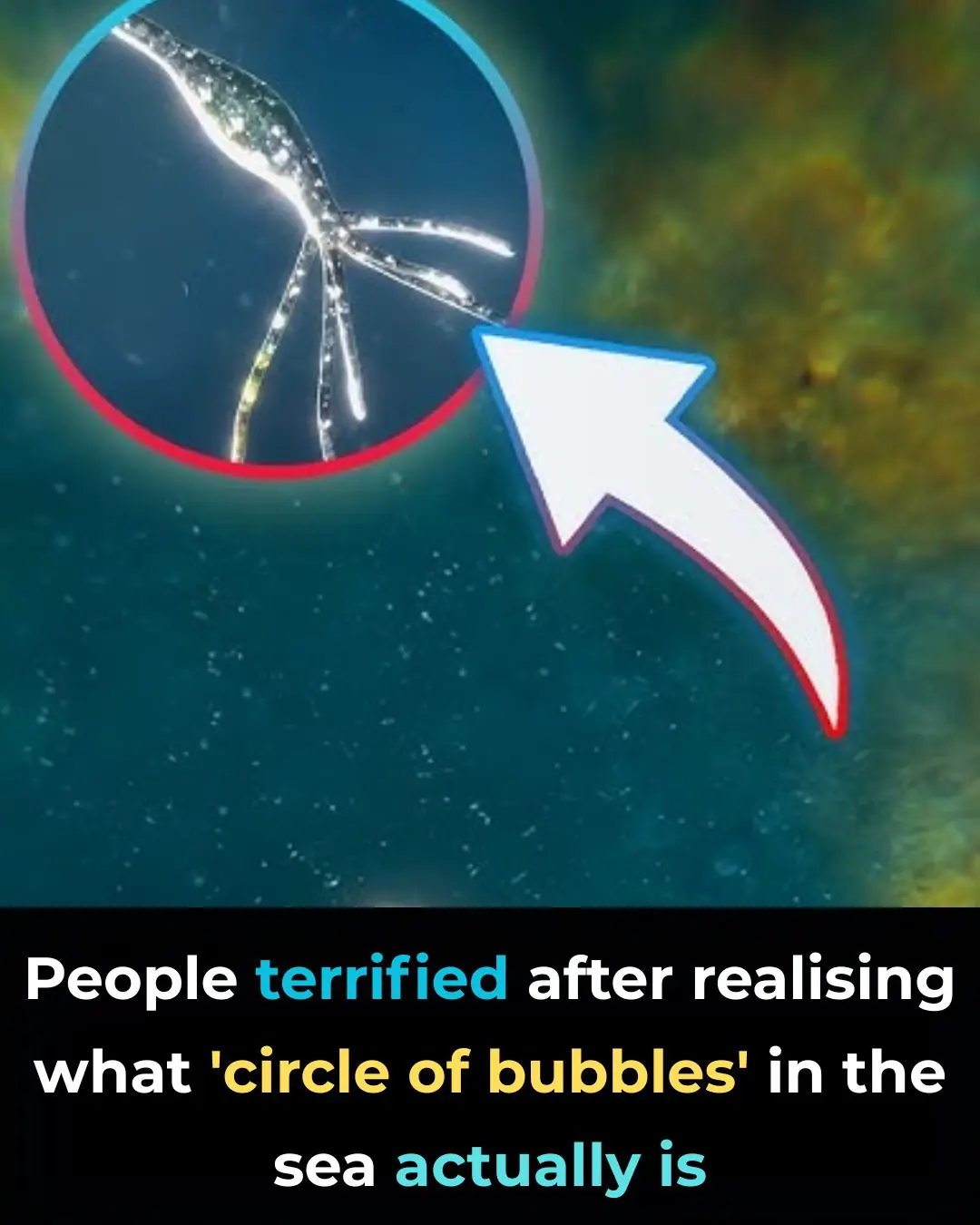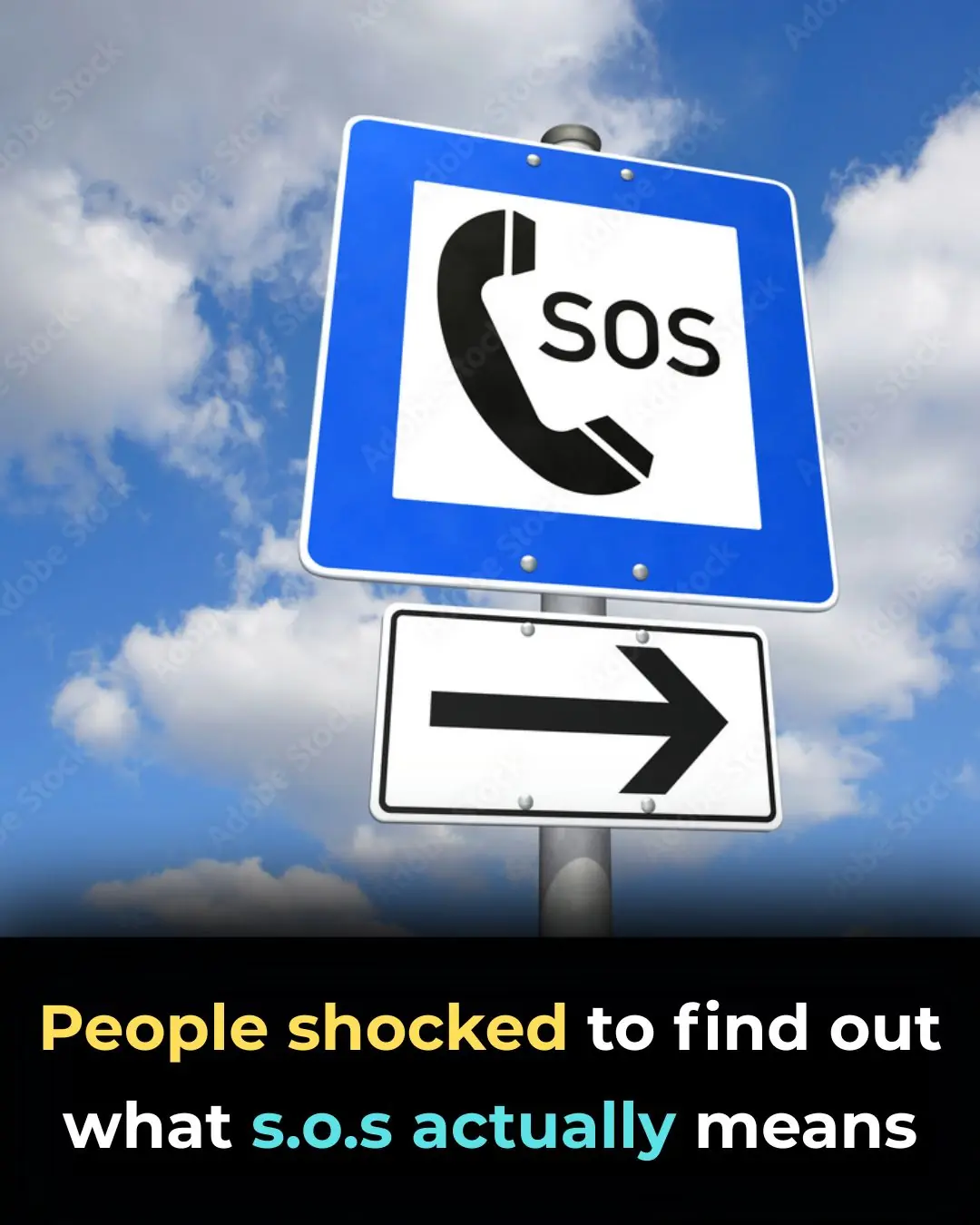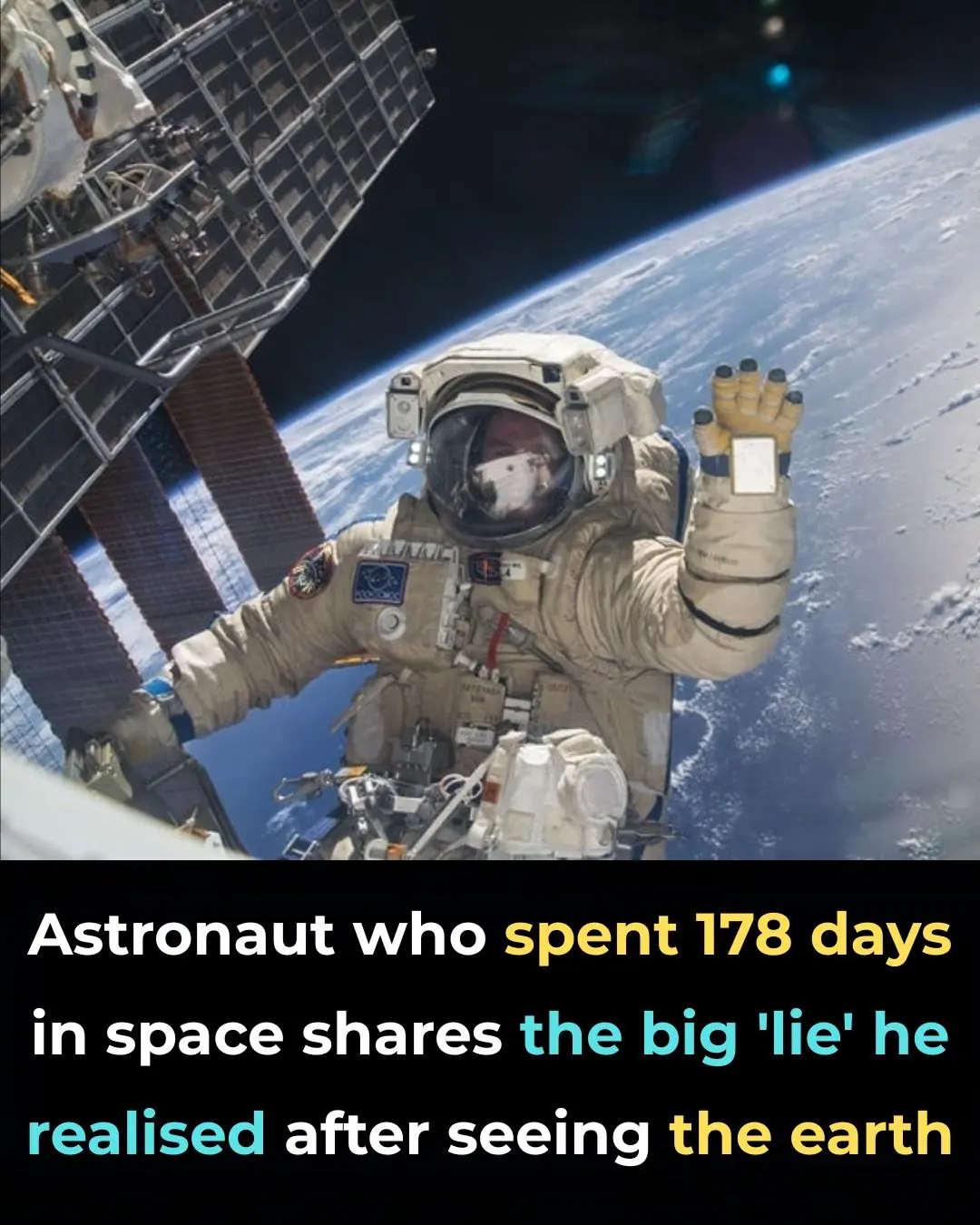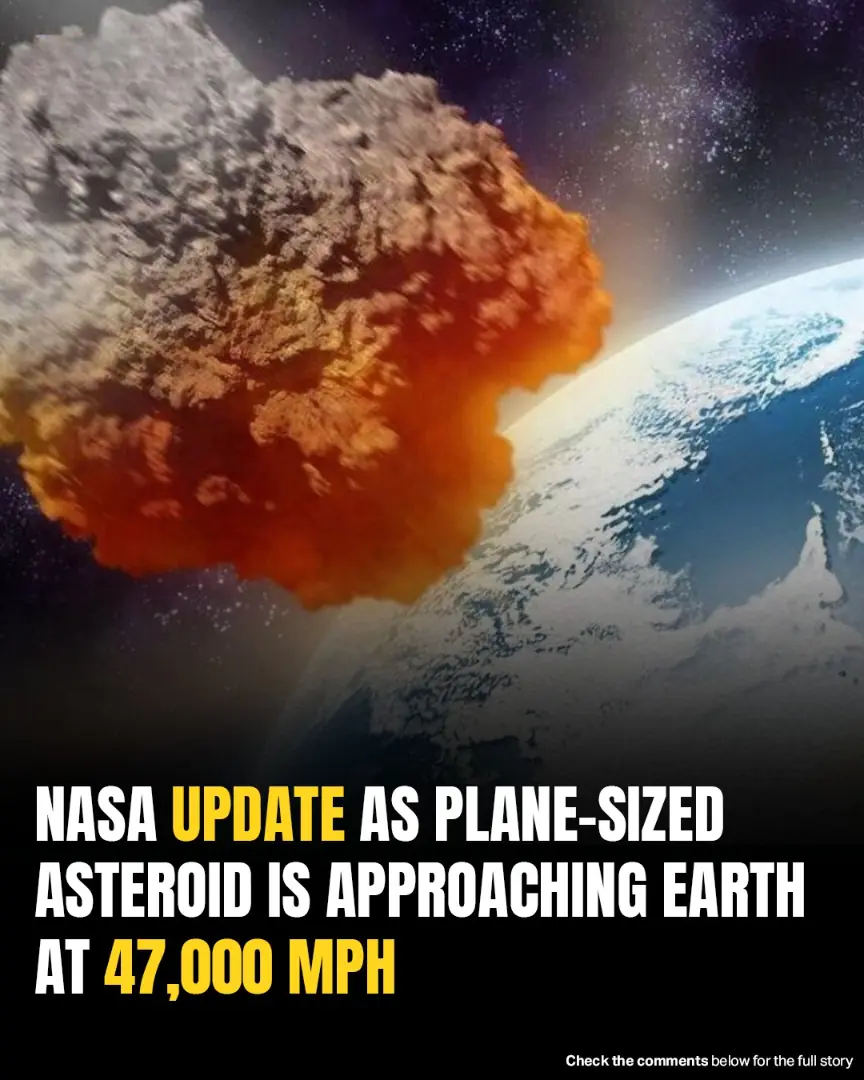
Earth may witness a once-in-5,000-year event on the moon and it's coming sooner than you think

A celestial spectacle not seen in over five millennia could soon unfold right before our eyes — not on Earth, but on its only natural satellite, the Moon.
Asteroid 2024 YR4, discovered in December 2024, initially raised global concern due to a small yet significant possibility of it colliding with Earth. Early calculations placed it at Level 3 on the Torino Impact Hazard Scale — a rare rating that signifies a real, albeit low-probability, threat of a collision with measurable consequences. At that time, astronomers estimated a 1.2% chance that the asteroid could strike Earth on December 22, 2032.
However, recent orbital recalculations have shifted the narrative.
Instead of Earth, experts now believe that the Moon could be in the asteroid’s path — opening the possibility for an extremely rare lunar impact event. According to NASA's latest models, using data from the James Webb Space Telescope (JWST), there is a 1 in 23 chance that asteroid 2024 YR4 could crash into the Moon — translating to about a 4.3% probability. While this means there’s still a 95.7% chance the Moon will be spared, even that small likelihood is enough to stir excitement in the scientific community.
Speaking with IFLScience, planetary scientist Dr. Andrew Rivkin commented, “The odds of an impact into the Moon have always been there. They were lower initially because Earth was the larger target. But as we refined the orbit, we saw the trajectory shifting away from Earth — and closer to the Moon. So now, we’re looking at a non-trivial chance of a lunar strike. If it does happen, it would be nothing short of spectacular.”
Such a collision would not only be historic due to its rarity — potentially once every 5,000 years — but also because of its potential to eject material from the Moon’s surface. If that ejected lunar debris reached Earth, scientists would have a unique opportunity to study Moon fragments without the need for a sample-return mission. It could also produce a visible flash, or even a brief dust cloud, observable from Earth.
NASA released a statement shortly after the asteroid’s detection:
“Asteroid 2024 YR4 was first reported on December 27, 2024, to the Minor Planet Center — the international hub for tracking small-body movements — by the NASA-funded Asteroid Terrestrial-impact Last Alert System (ATLAS) station in Chile. The asteroid, estimated to be between 130 to 300 feet (40–90 meters) in diameter, drew immediate attention when it rose on NASA’s Sentry Risk Table just days later, on December 31, 2024.”
The Sentry list catalogs all known near-Earth objects that have a measurable, though often minimal, risk of impacting Earth. It's dynamic, with new data constantly refining an object’s projected path. Many asteroids flagged early are later removed as improved measurements eliminate impact possibilities.
NASA added that while the threat to Earth seems to be diminishing, the situation is still being closely monitored.
Meanwhile, the European Space Agency (ESA) has also confirmed it is actively tracking asteroid 2024 YR4, and warned that its path could still change as more data becomes available.
ESA noted:
“It is possible that asteroid 2024 YR4 may fade from view before we are able to fully eliminate any risk of an impact in 2032. If that occurs, the object will likely remain on ESA’s risk list until it becomes visible again, likely around 2028, when its orbit will allow for new observations.”
While the odds still favor a miss for both Earth and the Moon, the cosmic dance unfolding above us offers scientists and skywatchers alike a compelling reason to keep their eyes on the skies over the next several years. Should the asteroid hit the Moon, it could mark a once-in-a-lifetime opportunity to study planetary impacts — and remind us of the dynamic nature of our solar system.
News in the same category


Terrifying Truth Behind Mysterious ‘Circle Of Bubbles’ In The Ocean Revealed

People Stunned After Learning The True Meaning Behind ‘SOS’ — It’s Not What You Think

After Spending 178 Days In Space, Astronaut Shares a ‘Lie’ He Realized After Seeing Earth

Scientists Use AI And Ancient Linen To Reveal What Jesus May Have Truly Looked Like

AI is willing to kill humans to avoid shutdown as chilling new report identifies 'malicious' behaviour

Horrifying simulation details exactly how cancer develops in the body

Elon Musk slammed for posting creepy video of 'most dangerous invention to ever exist'

World’s Rarest Blood Type Discovered—Only One Woman Has It
The woman with Gwada negative blood may not be famous, but her existence has already made an indelible mark on medical science.

Columbia Student Suspended After Creating AI That Helps You Cheat Your Way to a Six-Figure Job!
Despite being out of school, he remains optimistic about the future. With growing venture capital support and rising user demand, Cluely may be on track to become a key player in the next wave of controversial tech startups.

100-foot ‘doomsday’ mega tsunami could obliterate US West Coast at any moment

How a huge ancient forest was discovered 630 feet down secret sinkhole in China

100 Million Americans at Risk from Brain-Eating Parasite, Experts Warn
By understanding this parasite, improving detection, and emphasizing prevention, we can mitigate these risks

Woman who "died for 17 minutes" shares unimaginable reality of what she saw when her heart stopped beating
Victoria’s story transcends the ordinary—she experienced clinical death, returned with clarity, and then learned of a rare genetic disease that nearly killed her again. Yet today, she thrives.

Nasa Tracks Plane-Sized Asteroid Speeding Toward Earth At 47,000 Mph

Oscar Mayer Mansion Restored To Gilded Age Glory After $1.5M Renovation

Secret CIA Documents Declare That The Ark Of The Covenant Is Real, And Its Location Is Known

The Mystery Behind The Blood Falls In Antarctica
News Post

What Causes Those Strange Ripples In Your Jeans After Washing?

‘Healthy’ 38-year-old shares the only bowel cancer symptom he noticed — And it wasn’t blood in the loo

Young Dad Misses Key Cancer Symptom That Left Him Terrified

5 Things Doctors Say You Should Never Give Your Kids to Help Prevent Cancer

Terrifying Truth Behind Mysterious ‘Circle Of Bubbles’ In The Ocean Revealed

People Stunned After Learning The True Meaning Behind ‘SOS’ — It’s Not What You Think

After Spending 178 Days In Space, Astronaut Shares a ‘Lie’ He Realized After Seeing Earth

People Shocked To Learn What The Small Metal Bump Between Scissor Handles Is Actually For

Scientists Use AI And Ancient Linen To Reveal What Jesus May Have Truly Looked Like

AI is willing to kill humans to avoid shutdown as chilling new report identifies 'malicious' behaviour

Horrifying simulation details exactly how cancer develops in the body

Elon Musk slammed for posting creepy video of 'most dangerous invention to ever exist'

Indiana Boy, 8, Dies Hours After Contracting Rare Brain Infection At School

World-First Gene Therapy Restores Sight to Boy Born Blind

World’s Rarest Blood Type Discovered—Only One Woman Has It
The woman with Gwada negative blood may not be famous, but her existence has already made an indelible mark on medical science.

A Warning About The ‘Worst Thing’ That People Should Never Do When Awakening in the Night

Columbia Student Suspended After Creating AI That Helps You Cheat Your Way to a Six-Figure Job!
Despite being out of school, he remains optimistic about the future. With growing venture capital support and rising user demand, Cluely may be on track to become a key player in the next wave of controversial tech startups.

100-foot ‘doomsday’ mega tsunami could obliterate US West Coast at any moment
